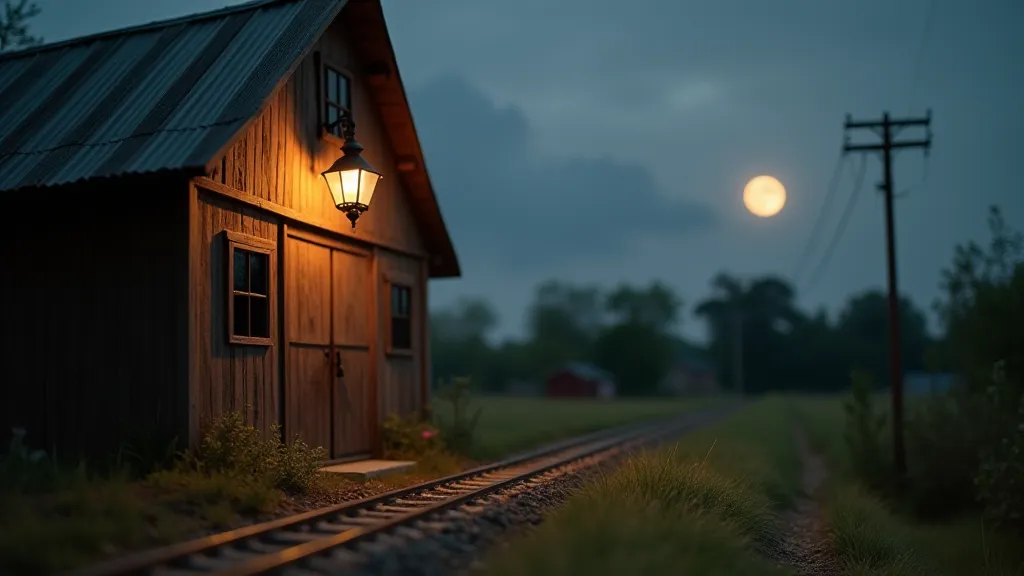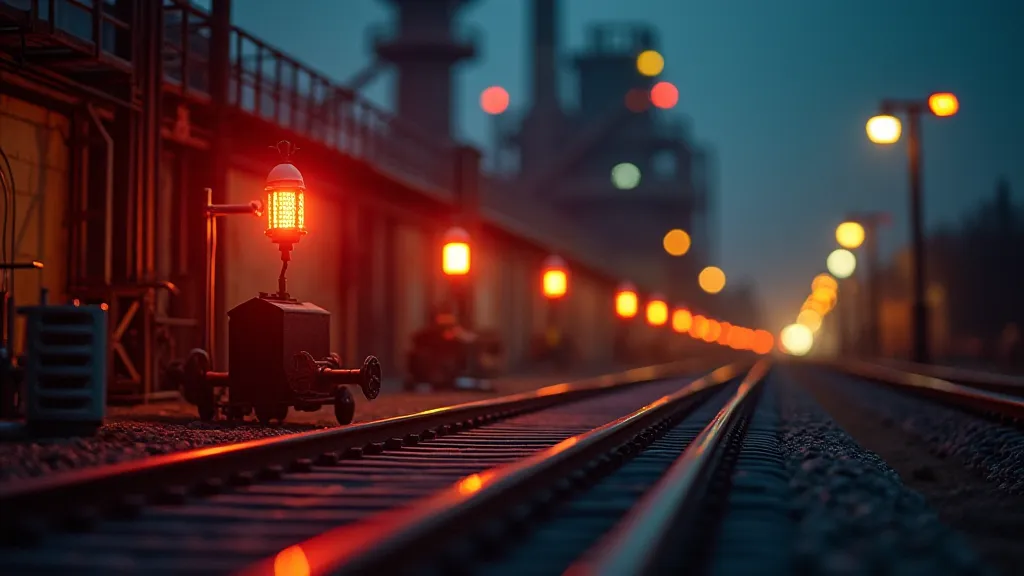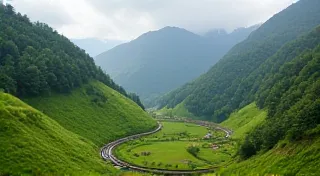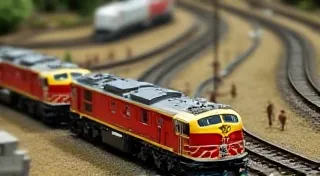Lighting Your Model Railroad: Techniques for Atmosphere and Realism
Lighting is often an overlooked aspect of model railroad layout building, but it has the power to dramatically transform your miniature world from a collection of trains to a believable and immersive scene. Properly implemented lighting creates atmosphere, highlights details, and adds a touch of realism that elevates your layout to a new level. This guide explores various lighting techniques for your model railroad, focusing on creating different moods and adding visual interest.
Why is Lighting Important?
Think about the real world. Light isn't uniform. It changes based on time of day, weather conditions, and the environment. A dimly lit forest looks vastly different than a sunny field. Model railroad lighting aims to replicate this reality. Here's how good lighting benefits your layout:
- Creates Atmosphere: Mimic the warm glow of a sunset, the cool illumination of a night scene, or the diffused light of a cloudy day.
- Highlights Detail: Accentuate structures, landscaping, and rolling stock.
- Adds Realism: Simulates the way light interacts with surfaces and creates shadows.
- Enhances Visual Appeal: Makes your layout more engaging and captivating for viewers.
Types of Lighting for Model Railroads
Several lighting options are available, each with its pros and cons. Let’s look at the most common:
Incandescent Lighting
While once a standard, incandescent bulbs are becoming less popular due to their inefficiency and heat generation. They offer a warm light, but consume more power and can potentially damage delicate scenery.
Fluorescent Lighting
Fluorescent lights are more energy-efficient than incandescent but can produce a somewhat harsh, blue-tinted light that might not be ideal for all scenes. They also contain mercury, requiring careful disposal.
LED Lighting (Light Emitting Diodes)
LEDs are the undisputed champions of model railroad lighting. They offer unparalleled energy efficiency, produce very little heat, come in a vast array of colors, and are extremely versatile. They’re easily controllable, allowing for dimming and dynamic effects. For these reasons, most modern model railroaders opt for LED lighting.
Lighting Techniques for Different Scenes
Let’s explore how to use lighting to create specific effects:
Town/City Scenes
- Streetlights: Use warm-toned LEDs for streetlights. Consider adding a flickering effect to simulate a failing bulb.
- Building Windows: Small LEDs placed inside buildings can create the appearance of occupied buildings. Vary the brightness and color of the LEDs for realism.
- Floodlights: Use brighter LEDs to simulate floodlights illuminating industrial areas or stadiums.

Rural/Natural Scenes
- Sunlight: A single, bright LED can simulate sunlight.
- Moonlight: A cool-toned LED placed high above the layout can create a realistic moonlight effect.
- Fireflies: Use tiny, flickering LEDs to simulate fireflies.
- Lanterns: Small LEDs in lanterns or structures create a rustic and authentic feel.
Industrial/Night Scenes
- Warning Lights: Use flashing red or yellow LEDs to simulate warning lights on industrial structures.
- Security Lights: Bright white LEDs can simulate security lights.
- Working Lights: Use warm-toned LEDs to represent lights inside factories or warehouses.
Controlling Your Lighting
Simply placing LEDs isn’t enough. Control is key. Consider these options:
- Dimming: Dimming LEDs allows you to adjust the brightness to suit the scene and mood.
- Sequencing: LEDs can be sequenced to create dynamic effects like a train approaching or a factory coming to life.
- Sound Synchronization: Sync lighting effects with sounds to enhance the immersion.

Tips for Successful Lighting
- Plan Ahead: Consider your lighting needs during the layout design phase.
- Use Appropriate Wiring: Ensure your wiring is adequate for the power draw of your LEDs.
- Experiment: Don't be afraid to experiment with different techniques and colors to achieve the desired effect.
- Consider Light Pollution: Be mindful of how your lighting affects the overall appearance of the layout, avoid excessive brightness.

Proper lighting is a crucial element in creating a truly immersive and realistic model railroad layout. With a little planning and experimentation, you can transform your miniature world into a captivating and believable scene.





